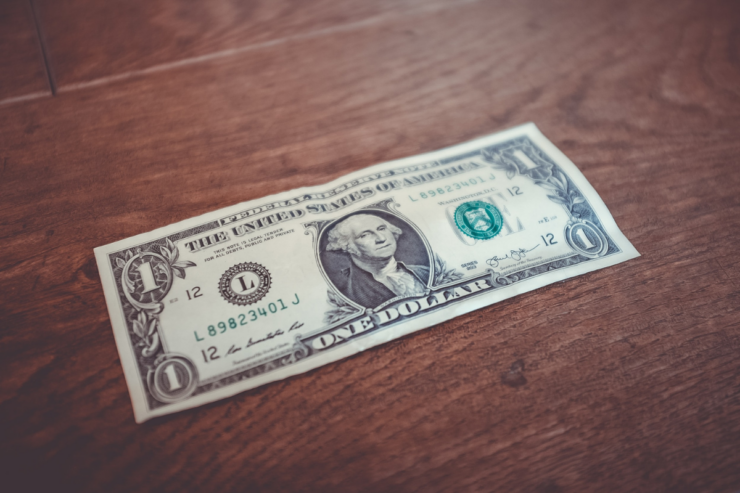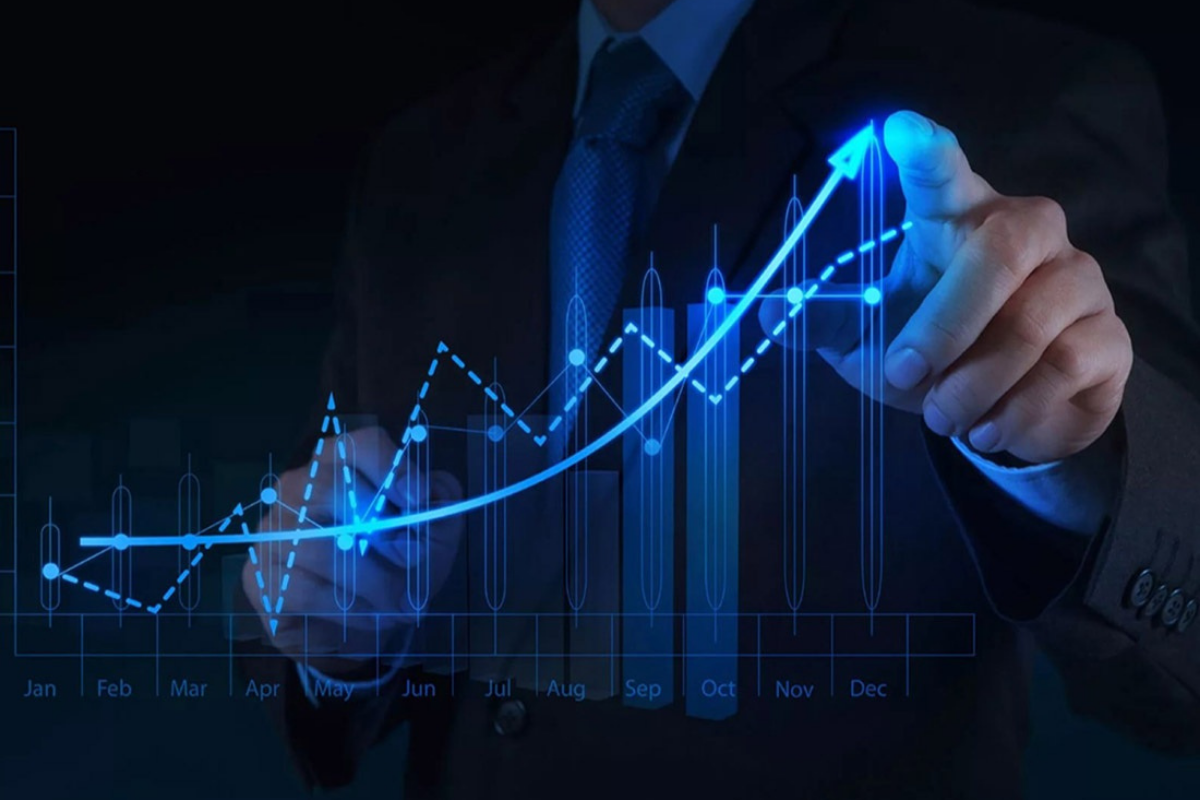A recession is defined as a huge decline in economic activity that lasts several quarters or even years. A recession is declared when a country’s economy experiences negative GDP, falling retail sales, rising unemployment, and contracting measures of income and manufacturing for a lengthy period. Recessions are regarded as an unavoidable component of the business cycle.
An economy begins to expand at its trough and begins to contract after reaching its highest point. When the recession lasts longer, it eventually leads to depression. The Great Depression lasted many years in the early 1900s and resulted in a GDP fall of more than 10%, with unemployment rates reaching 25%. Today, we’ll take a closer look at what a business cycle is and the factors that contribute to recession.
What is Business Cycle
The business cycle illustrates how an economy cycles between expansion and recession. As the economy begins to expand, it experiences healthy, long-term growth. Lenders steadily make it easier to borrow money and encourage consumers and corporations to pile up debt. Irrational excitement begins to trump asset prices.
As the economic expansion grows, debt loads increase, and asset values rise faster. At some point during the cycle, one of the above-mentioned occurrences disrupts the economic expansion. The shock destroys the stock market and makes such enormous debt loads untenable. As a result, economic growth slows, and the economy enters a recession.
Factors That Contribute to Recession
 The major recession theories concentrate on the financial, fundamental, and psychological economic variables that might result in the cascade of business failures that comprise a recession. Some theories examine long-term economic trends that set the stage for a recession in the years that precede it. Some people simply consider the variables that are immediately obvious when a recession begins. In any given recession, many or all of these various reasons may be at work.
The major recession theories concentrate on the financial, fundamental, and psychological economic variables that might result in the cascade of business failures that comprise a recession. Some theories examine long-term economic trends that set the stage for a recession in the years that precede it. Some people simply consider the variables that are immediately obvious when a recession begins. In any given recession, many or all of these various reasons may be at work.
Real Factors
A recession can be triggered by an abrupt change in external economic conditions and structural alterations. The Real Business Cycle Theory explains this reality by stating that a recession is how a rational market participant responds to unexpected or negative shocks. For example, a sudden increase in oil prices due to rising geopolitical tensions can affect crude oil-importing economies. A new technology that causes factory automation can have a disproportionately large influence on economies with a large pool of unskilled labor.
Also, shocks to essential industries such as energy or transportation can have such wide-reaching consequences that many businesses across the economy retrench and cancel investment and employment plans at the same time, causing ripple effects on workers, consumers, and the stock market.
Psychological Factors
Economists commonly point to psychological aspects as contributing to recessions. During the boom years, the overwhelming optimism of investors drives the economy to its pinnacle. At the very least, the reciprocal doom-and-gloom pessimism that follows a market crash increases the influence of genuine economic and financial causes as the market swings.
Excessive enthusiasm and overexposure to precarious money during an economic upswing are two psychological aspects. The 2008 Global Financial Crisis was caused, at least in part, by irresponsible speculation, which resulted in the construction of a housing bubble in the United States. Psychological considerations can also show a reduced investment as a result of widespread market pessimism that lacks foundation in the real economy.
Financial Factors
According to a school of economics known as monetarism, a recession is a direct effect of the over-expansion of credit during expansion periods. During the early phases of a slowdown, it is exacerbated by insufficient money supply and credit availability. There is a strong relationship between monetary and real elements, such as the relationships between different things and interest rates. Because monetary policy instruments like interest rates also include institutional reactions to predicted slowdowns, the relationship is not explicit.
Benchmark interest rates are frequently used as financial indications of an impending recession. For instance, in the 18 months preceding the last seven financial crises in the United States, the Treasury yield curve inverted. A continuous decline in share values also indicates decreased future expectations.
Effects of a Recession
Recessions have the expected monetary and fiscal consequences: credit availability tightens, and short-term interest rates fall. Unemployment rates rise as businesses strive to decrease costs. This, in turn, reduces consumption rates, causing inflation rates to fall. Lower prices diminish business earnings, which leads to additional job layoffs and produces a vicious economic slowdown cycle.
National governments frequently intervene to bail out key firms at risk of failure or structurally essential financial institutions like huge banks. Some companies with vision and planning recognize the implicit opportunity presented by falling interest rates and prices and are able to capitalize on a recessionary era. Employers can offer quality jobs to more qualified individuals when there is a larger pool of unemployed people.












